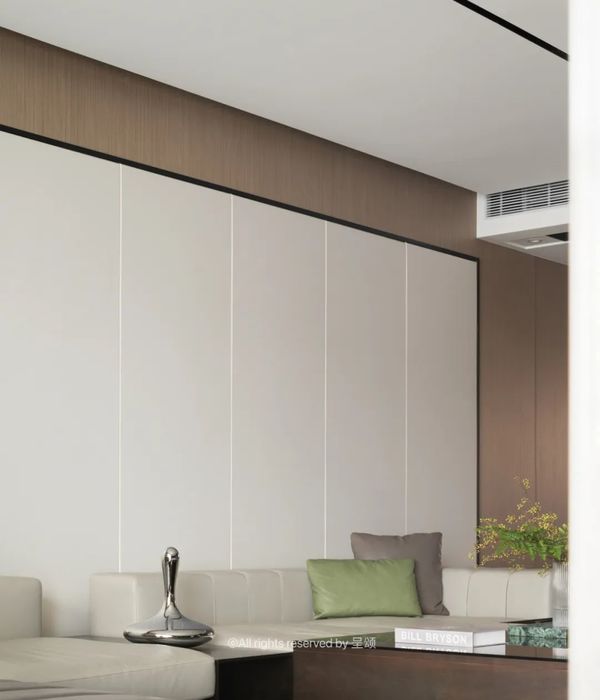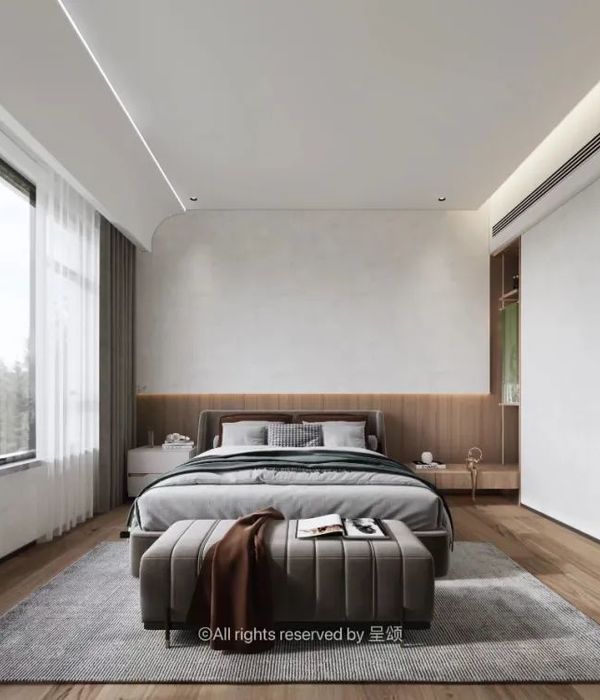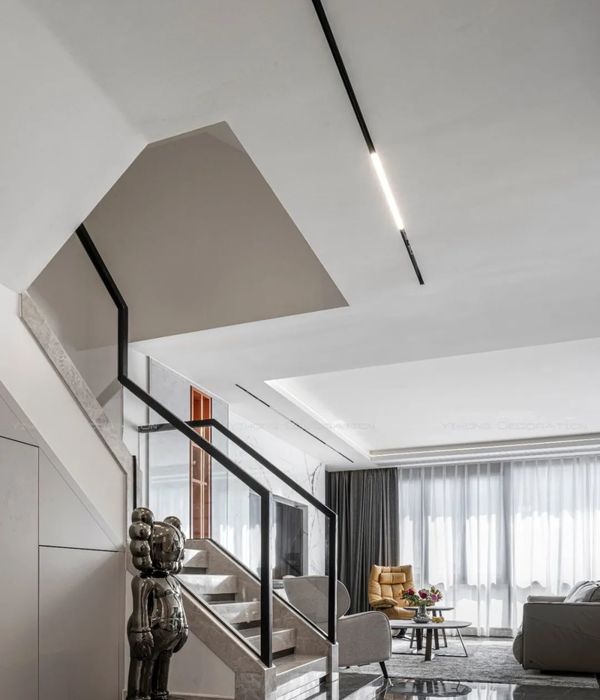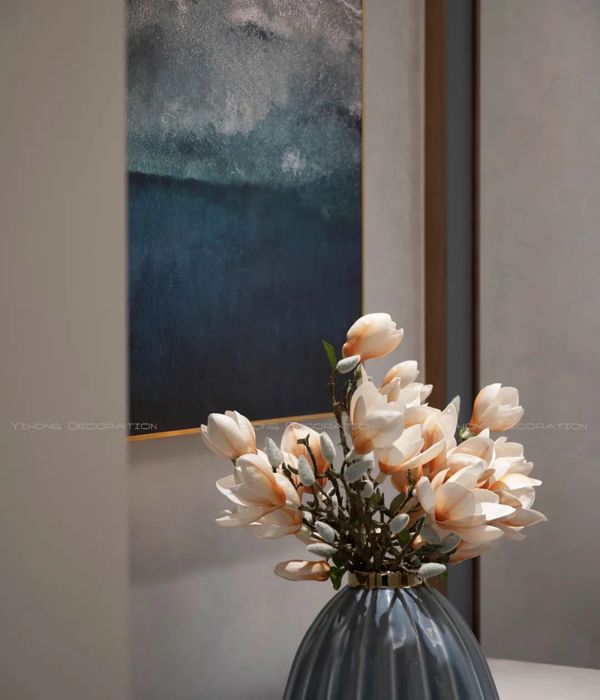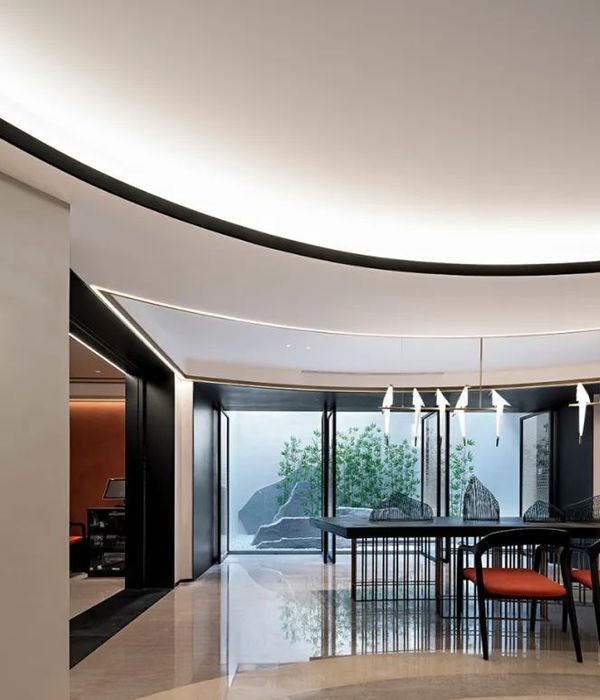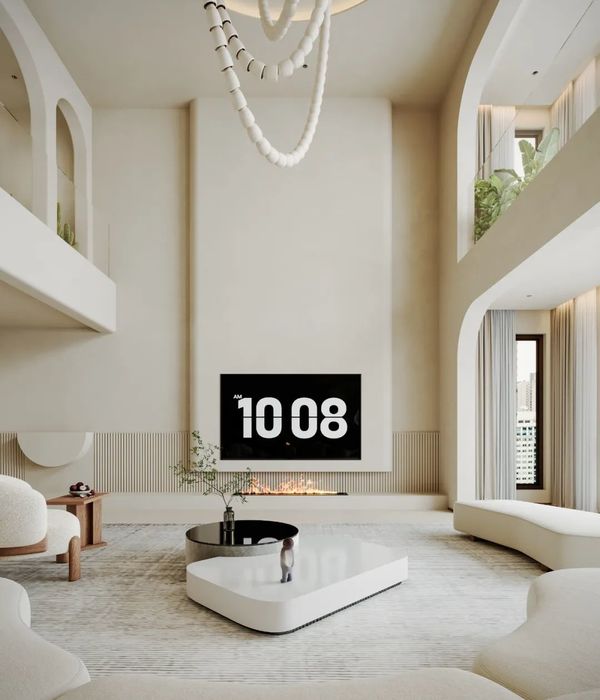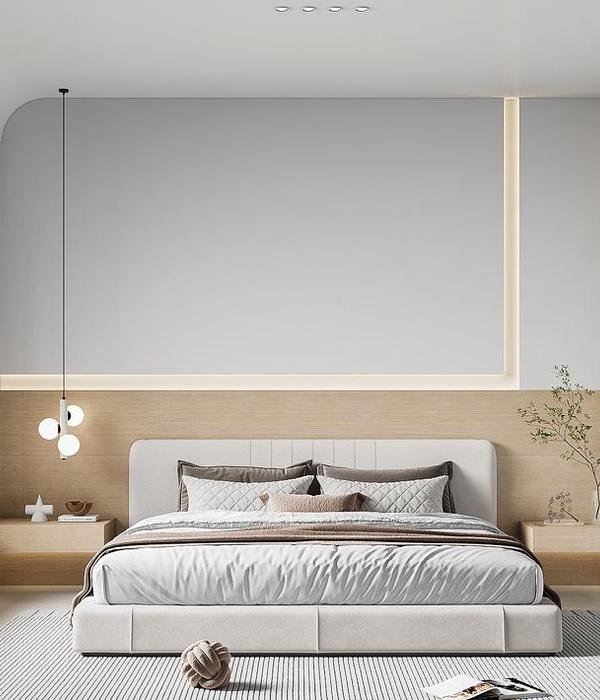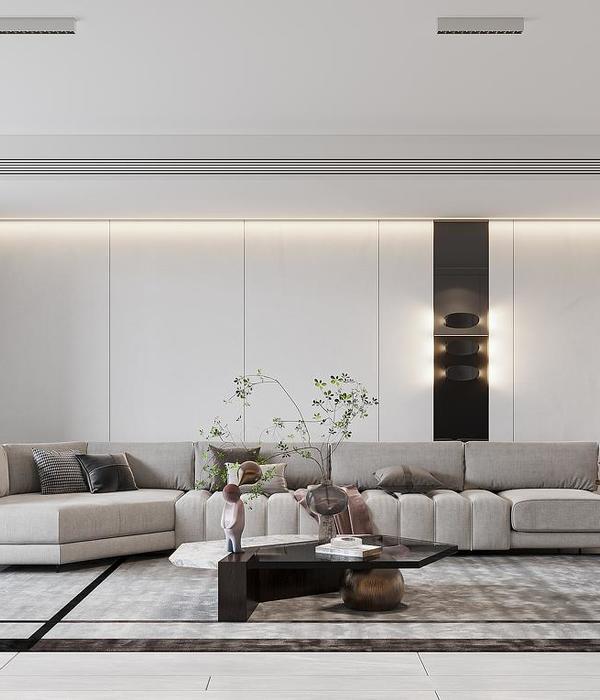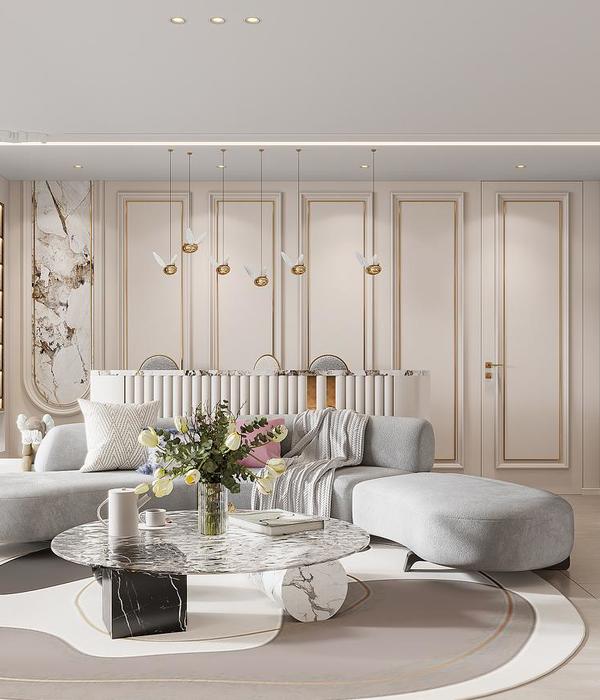- 项目名称:英国海古德密院(British sea eidur gudjohnsen courtyard)
- 项目建筑师:Hunters
- 结构工程师:Richard Jackson Ltd
- 委托人:Family Mosaic
- 摄影师:Tim Crocker
British sea eidur gudjohnsen courtyard
设计师:Proctor and Matthews
位置:英国 艾塞克斯
分类:居住建筑
内容:实景照片
项目建筑师:Hunters
结构工程师:Richard Jackson Ltd
景观设计师:BBUK
委托人:Family Mosaic
成本:£3.4/平米
承包人:ISG Jackson
图片:12张
摄影师:Tim Crocker
这是由Proctor and Matthews设计的海古德密院,这是科尔切斯特的一个房屋发展计划,用当代的手法诠释了传统的养老院,该项目为科尔切斯特当地及周边无家可归的人提供了住所。场地前身是由一系列过时建筑和预制单元组成的临时宿舍,难以维护,设配残旧,环境恶劣。因此设计团队和客户抓住这次机会进行尽心设计,提供高质量而现代化的住宿和服务设施,以满足居民和职工的需求。其中一个关键是为个人和家庭提供临时睡床和早餐服务的更好选择,让居民能有尊严、有希望地逗留在一个地方,直到他们把生活重新调整回到正轨。灵活性是该项目的重心。有一些住户短暂停留,而有些长期居住,因此需要将不同大小的房间进行灵活的组合,让工作人员根据租户的需求进行适当的调整。
海古德密院设置了一系列的回廊和庭院,提供一个安全、友好的环境,让居民和职工之间形成良好的互动,还为临时居住的人们提供社区归属感。另外一个设计要点是砖块的创意搭配,其细节和制作工艺均让人印象深刻。高质感的砖块富有韵律感,而顶层的多孔砖墙形成了斑驳的光影效果,并带来通风。建筑主要使用红砖,门窗上则使用了深色转以加强视觉上的趣味性。
译者: 艾比
Hargood Close is a supported housing development in Colchester. A contemporary interpretation of traditional almshouses, the scheme has transformed provision for homeless people in and around Colchester.Hargood Close replaces an emergency hostel on the site where accommodation was arranged haphazardly across a series of dated buildings and prefabricated units that were difficult to maintain. Facilities were poor, and the site was an increasingly unpleasant environment. The design team and clients (Family Mosaic in partnership with Colchester Borough Council) therefore seized the opportunity to provide high quality modern accommodation and services, carefully designed around the needs of residents and staff in a domestic, rather than institutional environment.
A key objective was to offer a more appropriate alternative to emergency bed and breakfast accommodation for individuals and families, and a supportive environment that would give residents dignity, hope and a place where they could begin to put their lives back on track.
Flexibility was central to the brief. Because of its nature, many residents arrive at very short notice and stay for a relatively short period of time while more permanent accommodation can be arranged for them. A flexible mix of different sized housing units was therefore needed to enable staff to respond appropriately to the regular churn and changing needs of tenants. A range communal areas and space for onsite and visiting staff was also needed.
Proctor and Matthews were selected to develop proposals for the site following a design competition. Initial design workshops were held with representatives from the existing hostel management and experienced staff members from comparable facilities. The design proposals were further developed and presented to existing residents. The scheme was well received and suggestions from residents and staff regarding buggy and cycle storage, drying areas, level access showers and landscaping were incorporated into the design.
Proctor and Matthews took traditional Essex almshouses as the starting point for their design in order to give the development a suitably domestic feel. Historically, almhouses are a successful housing model, providing vulnerable people with high quality accommodation in a supportive domestic environment. Proctor and Matthews’ architectural language rejects historical pastiche, instead offering a contemporary and original interpretation of that vernacular model to meet the needs of residents and staff. Almhouses are also associated with craftsmanship, and Proctor and Matthews saw the brief as an opportunity to demonstrate that social housing for vulnerable people at the bottom of the housing ladder can nevertheless be beautiful, well-crafted and dignified.
Like its historical antecedents, Hargood Close is arranged as a series of cloisters and courtyards. This comfortable and domestically-scaled arrangement provides a safe and friendly environment. Allowing residents and staff to look out for each other not only provides useful passive surveillance, but also encourages a sense of community despite the transient resident population.
A key design feature is the imaginative use of brick, built with an exceptional attention to detail and impressive levels of craftsmanship, and referencing historic brick-built almshouses in Essex. Highly textured brickwork panels give rhythm, scale and expression to the elevations, while perforated brick panels on the upper level provide a dappled light effect as well as ventilation. The principal material is red stock bricks, with darker bricks used above some doorways and windows to provide further visual interest. A shallow band of this darker brick also runs around the courtyards between ground and first floor levels, breaking down the elevations and emphasising their domestic scale. The use of brick alongside a palette of similarly robust and hard wearing materials including clay tiles, timber and steel will also minimise maintenance needs.
Access from the street is through a landscaped and well-proportioned entrance courtyard, with integrated parking and shared surface spaces. Entrance to the ground and first floor accommodation in the surrounding buildings can be gained directly from this space. Beyond, a larger landscaped space provides aspect to the family homes and further apartments. The family homes are clustered at this end of the site to eliminate overlooking of adjoining properties and to present a garden-to-garden boundary. Both the access arrangements and accommodation frontage have been configured to provide a southerly aspect to living spaces.
Staff offices are located at the site entrance and help form the gateway to the development with views down London Road as well as back into the site. Communal accommodation is located at the centre of the site with the children’s play area set adjacent and behind in a controlled space. Generously sized storage units – a key requirement for residents who value having plenty of secure space for their possessions after being displaced – are located at ground floor level. These form part of the rhythm and support for the cloisters and first floor decks that provide access and shelter to both the ground and first floor entrances.Hargood Close achieves Code for Sustainable Homes Level 4 and includes photovoltaic panels on some roof areas.
Hargood Close sits comfortably alongside its Victorian terraced neighbours. The contemporary brickwork provides a lively yet sympathetic presence on London Road – a busy street and one of the main routes through Colchester. Thanks to its design and craftsmanship, Hargood Close stands out as a fine contemporary addition to the street scene, and breaks up the monotony of its otherwise ordinary surroundings. It is certainly a significant improvement on the shabby buildings and scrubland that previously occupied the site. This is Hargood Close’s most important message: homeless people deserve and can benefit from an environment providing quality, dignity and respect.
Proctor and Matthews were commissioned in 2009 and planning consent was granted in December 2010. Hargood Close was built in a single phase: construction work began in May 2011 and the scheme was completed in April 2013.The total cost of the project was £3.4 million and was funded by a partnership of Family Mosaic, Colchester Borough Council and the Homes and Communities Agency. Thanks to a clear and robust design strategy, the project was able to be delivered within the co
英国海古德密院外部实景图
英国海古德密院过道实景图
英国海古德密院内部实景图
英国海古德密院平面图
英国海古德密院立面图
英国海古德密院剖面图
{{item.text_origin}}

